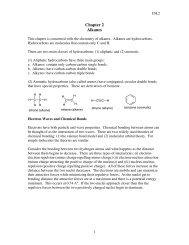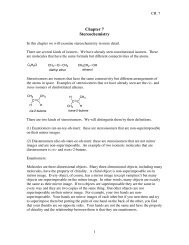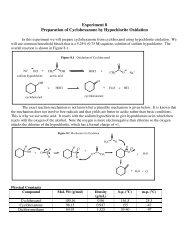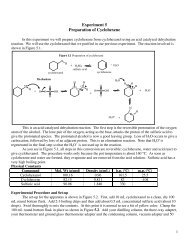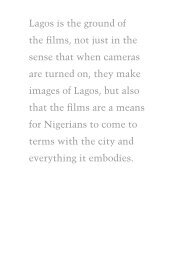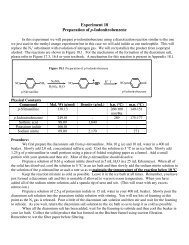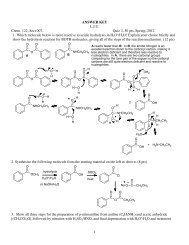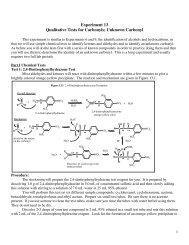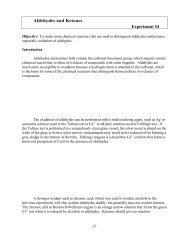Collective and Elective Ethnicity: Caste Among Urban ... - myweb
Collective and Elective Ethnicity: Caste Among Urban ... - myweb
Collective and Elective Ethnicity: Caste Among Urban ... - myweb
You also want an ePaper? Increase the reach of your titles
YUMPU automatically turns print PDFs into web optimized ePapers that Google loves.
608 Alidisb<strong>and</strong>ed. But it was not as difficult for them to adjust as it was for otherMuslims, because many Medhavi Pathans held fairly high ranks in theNizam’s services <strong>and</strong> were able to shift more easily into other areas ofemployment. They diversified by putting emphasis on liberal <strong>and</strong> technicaleducation, <strong>and</strong> business. There is a “culture of education” among theMedhavis that most other Muslims will readily comment upon. They arerelatively well off economically, compared to the rest of the Muslim populationin Hyderabad. This cultural <strong>and</strong> economic capital has also aided them intaking advantage of migration opportunities. Many have migrated in largenumbers to the United States; the president of the Anjuman believes thereare as many as 10,000. While such a large number is unlikely, there are stillso many Medhavis in Chicago from their Chanchalguda neighborhood inHyderabad that they refer to Chicago as “little Chanchalguda.”Medhavi Pathans are renowned for being straightforward, religious,trustworthy, conservative, <strong>and</strong> enterprising. In spite of this, <strong>and</strong> despite theirhaving higher ranks in the armed forces <strong>and</strong> being economically <strong>and</strong> educationallymore advanced than other Muslims in Hyderabad, they still have areputation among Muslims in Hyderabad as rough because they served inthe army <strong>and</strong> are Pathans, who are feared in general anyway. The MedhaviPathans had been evicted en masse from Hyderabad twice for sectarian violenceduring their long residence there; once in 1822, <strong>and</strong> again in 1876(Hyderabad [India; State] Central Records Office, 1954:170–171, 315–316;Roosa, 1998: chaps. 1–2). While there has not been any sectarian violencein recent years, they are still feared, <strong>and</strong> valorized, by other Muslims. Theirneighborhood has not seen religious violence on the scale of other neighborhoodsin the Old City, perhaps indicating that their Hindu neighbors alsoknow of their ferocity, real or otherwise.Like the Qureshi, the Medhavi Pathans are keen to maintain blood purity,but others are equally given to discriminate against them with regardto marriage, mainly because of their reputation as rough, military people.Pathans generally have this reputation as rough <strong>and</strong> uncivil, but the MedhaviPathans are especially known for this, rightly or wrongly. Unlike the Qureshi,the Medhavi Pathans are relatively well off economically <strong>and</strong> educationally.Also unlike the Qureshi, now they are not concentrated in any particular occupations.How do they maintain their boundaries? Why does their identitynot become “symbolic”? Religious difference is a partial explanation; theirpractices in prayer <strong>and</strong> burial rituals differ slightly from those of orthodoxSunnis. But this is an unsatisfying explanation, as the Medhavi Pathans willmarry Sunni Pathans of a certain genealogical descent. The common threadbetween Medhavi Pathans, Qureshi, <strong>and</strong> other corporate castes is that theydefine themselves as honorable, <strong>and</strong> others define them as jahil, or uncivil, refusingto enter into marriage alliances with them. The Medhavis are defined



